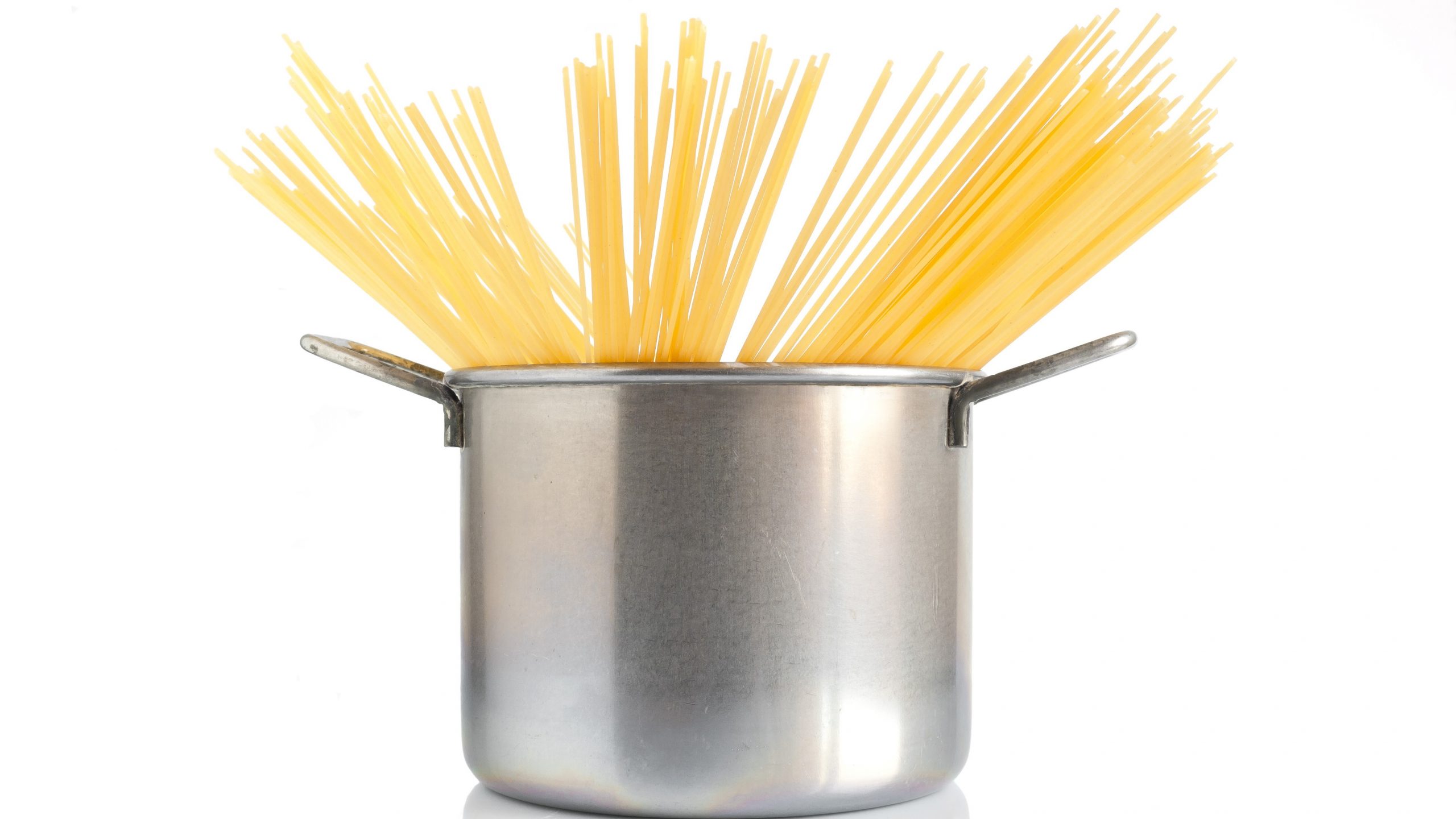
Ask EFNEP: Top 10 Kitchen Essentials
By Chris Finemore, Expanded Food and Nutrition Education (EFNEP) Community Education Assistant
This blog entry is the first of our new “Ask EFNEP” posts where members of UMaine Cooperative Extension’s Expanded Food and Nutrition Education Program (EFNEP) answer questions they are asked when delivering food and nutrition programs. This question was answered by Chris Finemore. Chris has worked with EFNEP in Aroostook County for almost 30 years. Chris’ favorite part of the job is cooking with kids. “I enjoy seeing them have success in the kitchen; with home economics being removed from schools, I see this as a very important part of my job. Independent living skills need to be taught hands-on.” Living on a working homestead with her family, Chris has the opportunity to do all of the things that she really loves; spend time with her family, gardening, preserving food, and kayaking.
Question: I am moving into my first apartment. What are some of the basic kitchen essentials that I will need when setting up my kitchen?
Answer: Congratulations! Setting up your first apartment is very exciting. You are going to need lots of things for your new apartment so remember you do not have to buy everything new. Ask family and friends if they have any extra household items that they are willing to part with. Thrift stores and yard sales are also great places to find some of these items as well. As for basic kitchen essentials here is a list of kitchen tools that our colleague at Penn State Extension developed that you will use nearly every day to make meals:
- Knives: a chef’s knife, a paring knife, a serrated knife, and a knife sharpener
- Cutting boards – We recommend 3 different cutting boards to keep food from cross-contaminating
- Essential pots and pans: a 9-10″ frying pan, a 2-4 qt saucepan, and 6-10 qt stock pot
- Mixing bowls with lids
- 8×8 or 9×13 baking dish, and 2 baking sheets (one large and one small)
- Dry measuring cups, measuring spoons, and a liquid measuring cup
- Can opener, vegetable brush, and vegetable peeler
- Wooden spoons, rubber, and flat spatula, tongs, and a whisk
- Dishcloths (not sponges), dish towels, and pot holders
- Instant-read thermometer
This last item is often overlooked as essential. It will help you take the guesswork out of doneness. This tool is also critical to food safety because it ensures you are cooking your meats, casseroles, and other dishes to a safe internal temperature in order to destroy microorganisms that can cause foodborne illness. Use FoodSafety.gov’s Safe Minimum Cooking Temperatures Chart to help you learn the proper cooking temperature for foods. The four steps to food safety – clean, separate, cook, and chill – are also essential to keeping your kitchen clean and prevent the risk of foodborne illness.
I hope you have great success in your new home. If you need ideas for what to cook with your new kitchen equipment, make sure to check out our quick and tasty recipes and Mainely Dish recipe videos for inspiration.
